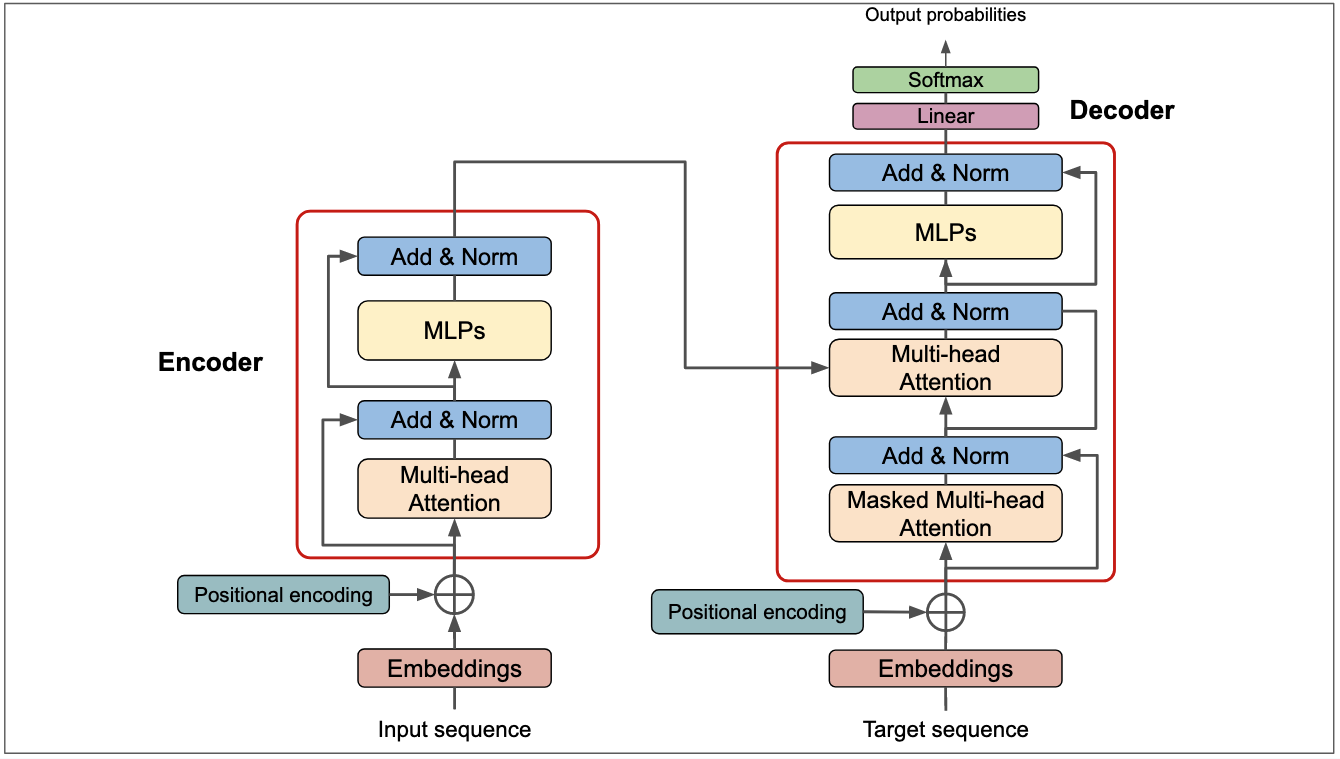How does ChatGPT generate human-like text? - DEV Community
ChatGPT, developed by OpenAI, is a cutting-edge language model that has made a significant impact in the field of natural language processing. It uses deep learning algorithms to generate human-like text based on the input it receives, making it an excellent tool for chatbots, content creation, and other applications that require natural language processing.

The backbone of ChatGPT is a transformer-based neural network that has been trained on a massive amount of text data. This training allows the model to understand the patterns and relationships between words in a sentence and how they can be used to generate new text that is coherent and meaningful.
Working Mechanism of ChatGPT
The transformer-based architecture is a novel approach to machine learning that enables the model to learn and make predictions based on the context of the input. This makes it ideal for language models that need to generate text that is relevant to the context of a conversation.

ChatGPT uses an autoregressive language modeling approach to generate text. When you provide input to ChatGPT, the model first encodes the input into a vector representation. This representation is then used to generate a probability distribution over the next word in the sequence. The model selects the most likely next word and generates a new vector representation based on the new input. This process is repeated until the desired length of text has been developed.
Key Features of ChatGPT
One of the key strengths of ChatGPT is its ability to handle context. The model has been trained to understand the context of a conversation and can generate text that is relevant to the current topic. This allows it to respond to questions and generate text that is relevant to the context of the conversation.

Another critical aspect of ChatGPT is its scalability. The model can be fine-tuned for specific use cases by training it on specific data sets. This allows it to generate text that is more tailored to the needs of the application.
ChatGPT has a wide range of real-world applications, from content creation to customer service. It can be used to generate news articles, creative writing, and even poetry. In customer service, ChatGPT can be used as a chatbot to respond to customer queries, freeing up human agents to handle more complex issues.
Conclusion
This blog has explored the workings of ChatGPT, a cutting-edge language model developed by OpenAI. With its ability to understand the context and generate coherent and meaningful text, ChatGPT has the potential to revolutionize the way we interact with machines and will play a crucial role in the development of AI-powered applications.
This post is also written using ChatGPT. Templates let you quickly answer FAQs or store snippets for re-use.




















